Photographs: NASA/ESA/Hubble Heritage Team
Rediff.com brings for its readers some of the best images of the outer world provided by the US National Aeronautics and Space Administration
This striking NASA Hubble Space Telescope image, which shows what looks like the profile of a celestial bird, belies the fact that close encounters between galaxies are a messy business.
This interacting galaxy duo is collectively called Arp 142.
The pair contains the disturbed, star-forming spiral galaxy NGC 2936, along with its elliptical companion, NGC 2937 at lower left. Once part of a flat, spiral disk, the orbits of the galaxy's stars have become scrambled due to gravitational tidal interactions with the other galaxy.
The stars contained within the galaxy are mostly old, as evidenced by their reddish colour. There are no blue stars that would be evidence of recent star formation. While the orbits of this elliptical's stars may be altered by the encounter, it's not apparent that the gravitational pull by its neighboring galaxy is having much of an effect.
Click on NEXT to see more PHOTOS...
10 stunning sights beyond Earth
Photographs: NASA/ESA/Hubble
The bright clusters and nebulae of planet Earth's night sky are often named for flowers or insects.
Though its wingspan covers over 3 light-years, NGC 6302 is no exception. With an estimated surface temperature of about 250,000 degrees C, the dying central star of this particular planetary nebula has become exceptionally hot, shining brightly in ultraviolet light but hidden from direct view by a dense torus of dust.
This sharp and colourful close-up of the dying star's nebula was recorded by the Hubble Space Telescope's Wide Field Camera 3. NGC 6302 lies about 4,000 light-years away in the arachnologically correct constellation of the Scorpion (Scorpius).
Click on NEXT to see more PHOTOS...
10 stunning sights beyond Earth
Photographs: NASA/ESA/Hubble
This esthetic close-up of cosmic clouds and stellar winds features LL Orionis, interacting with the Orion Nebula flow.
Adrift in Orion's stellar nursery and still in its formative years, variable star LL Orionis produces a wind more energetic than the wind from our own middle-aged Sun.
As the fast stellar wind runs into slow moving gas a shock front is formed, analogous to the bow wave of a boat moving through water or a plane traveling at supersonic speed.
The beautiful picture is part of a large mosaic view of the complex stellar nursery in Orion, filled with a myriad of fluid shapes associated with star formation.
Click on NEXT to see more PHOTOS...
10 stunning sights beyond Earth
Photographs: NASA
The sun is about to come up over the South Pacific Ocean in this colourful scene photographed by one of the Expedition 35 crew members aboard the Earth-orbiting International Space Station between 4 and 5 am local time, May 5, 2013. The space station was at a point above Earth located at 27.4 degrees south latitude and 110.1 degrees west longitude, a few hundred miles east of Easter Island.
Click on NEXT to see more PHOTOS...
10 stunning sights beyond Earth
Photographs: NASA/SDO
A solar eruption gracefully rose up from the sun, twisting and turning.
Magnetic forces drove the flow of plasma, but without sufficient force to overcome the sun's gravity much of the plasma fell back into the sun.
The length of the eruption extends about 160,000 miles out from the Sun.
With Earth about 7,900 miles in diameter, this relatively minor eruption is about 20 times the diameter of our planet.
Click on NEXT to see more PHOTOS...
10 stunning sights beyond Earth
Photographs: NASA/ESA/Hubble Heritage Team
Astronomers have used NASA's Hubble Space Telescope to photograph the iconic Horsehead Nebula in a new, infrared light.
Looking like an apparition rising from whitecaps of interstellar foam, the iconic Horsehead Nebula has graced astronomy books ever since its discovery more than a century ago.
The nebula is a favourite target for amateur and professional astronomers. It is shadowy in optical light. It appears transparent and ethereal when seen at infrared wavelengths. The rich tapestry of the Horsehead Nebula pops out against the backdrop of Milky Way stars and distant galaxies that easily are visible in infrared light.
Click on NEXT to see more PHOTOS...
10 stunning sights beyond Earth
Photographs: NASA/SDO
This image taken by the Solar Dynamics Observatory's Atmospheric Imaging Assembly (AIA) instrument at 171 Angstrom shows the current conditions of the quiet corona and upper transition region of the Sun.
Click on NEXT to see more PHOTOS...
10 stunning sights beyond Earth
Photographs: NASA/Hubble
The Whirlpool Galaxy is a classic spiral galaxy.
At only 30 million light years distant and fully 60 thousand light years across, M51, also known as NGC 5194, is one of the brightest and most picturesque galaxies on the sky.
This image is a digital combination of a ground-based image from the 0.9-meter telescope at Kitt Peak National Observatory and a space-based image from the Hubble Space Telescope highlighting sharp features normally too red to be seen.
Click on NEXT to see more PHOTOS...
10 stunning sights beyond Earth
Photographs: NASA/Johns Hopkins University Applied Physics Laboratory/Carnegie Institution of Washington
This colourful view of Mercury was produced by using images from the color base map imaging campaign during MESSENGER's primary mission.
These colours are not what Mercury would look like to the human eye, but rather the colors enhance the chemical, mineralogical, and physical differences between the rocks that make up Mercury's surface.
Click on NEXT to see more PHOTOS...
10 stunning sights beyond Earth
Photographs: NASA's Earth Observatory/NOAA/DOD
This global view of Earth's city lights is a composite assembled from data acquired by the Suomi National Polar-orbiting Partnership (NPP) satellite.
The data was acquired over nine days. It took 312 orbits to get a clear shot of every parcel of Earth's land surface and islands.
This new data was then mapped over existing Blue Marble imagery of Earth to provide a realistic view of the planet. The image was made possible by the satellite's "day-night band" of the Visible Infrared Imaging Radiometer Suite, which detects light in a range of wavelengths from green to near-infrared and uses filtering techniques to observe dim signals such as city lights, gas flares, auroras, wildfires and reflected moonlight.
Click on NEXT to go further...

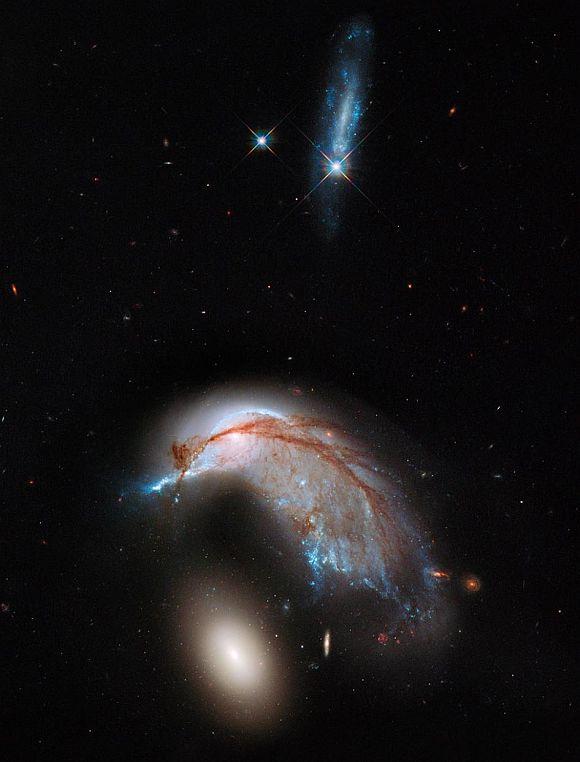
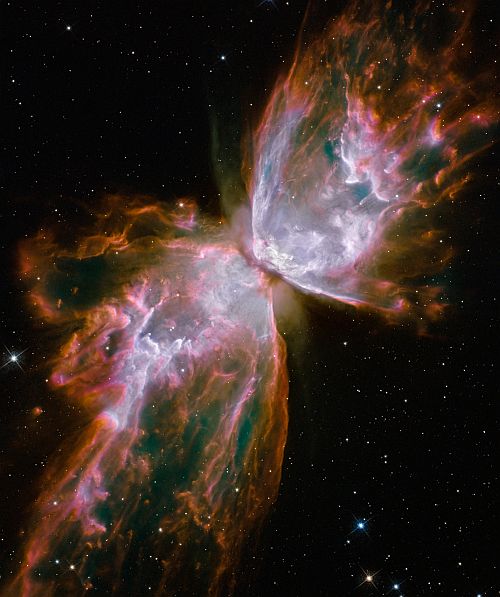


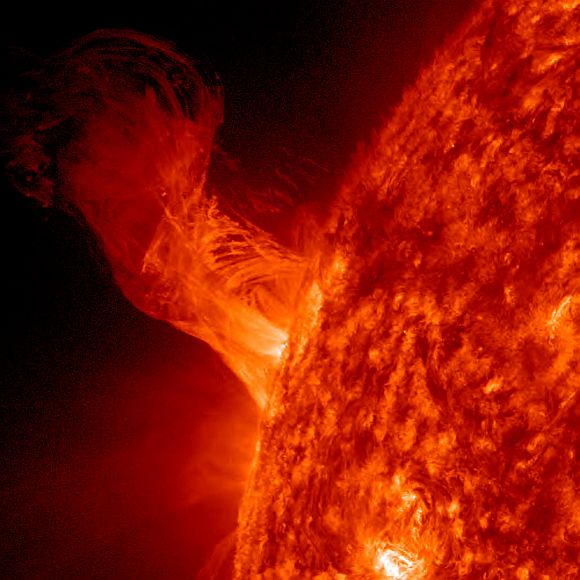


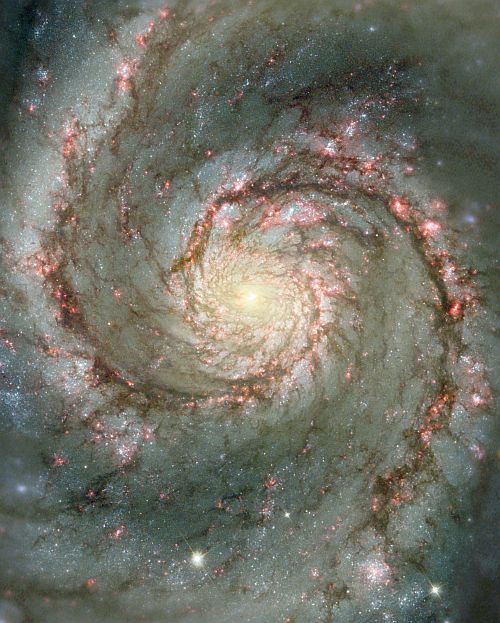
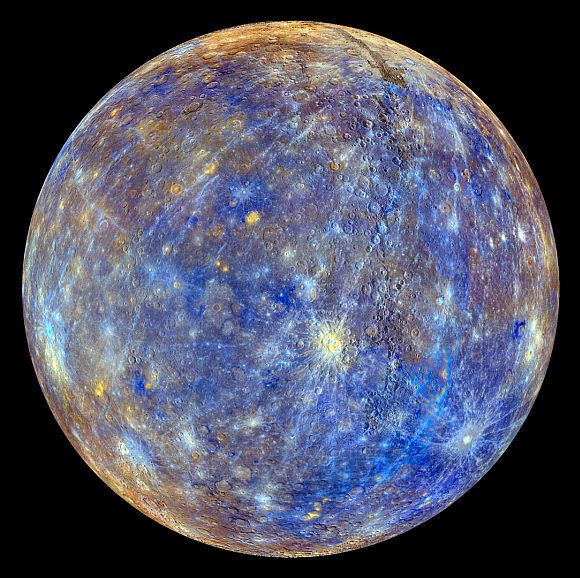

article